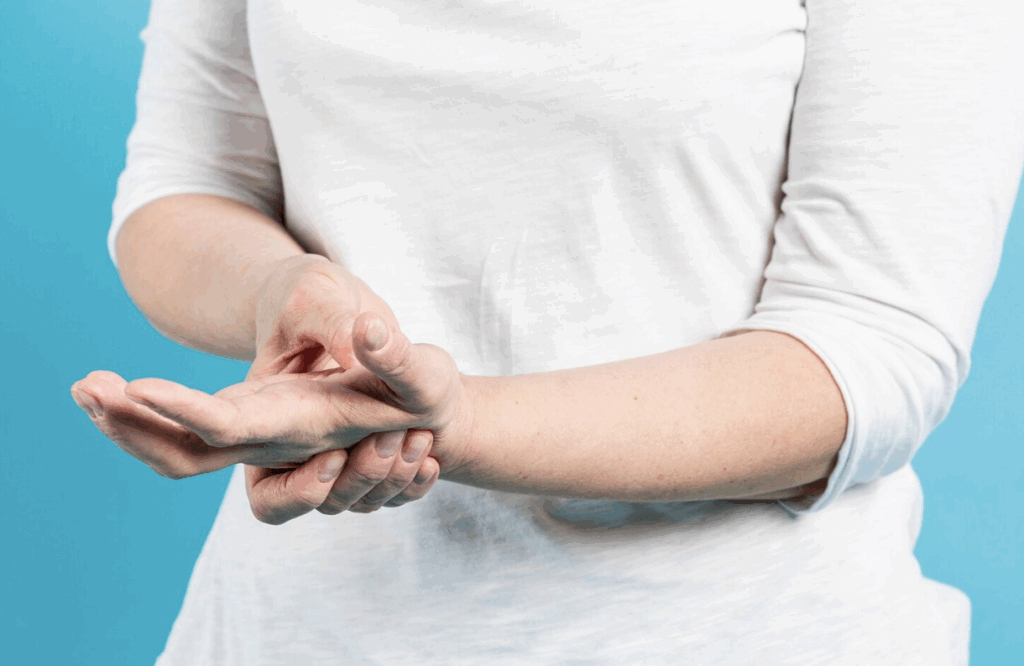
Our hands are among the most complex parts of our body, allowing us to work, create, and care for ourselves and others. When a finger becomes stiff, painful, or locked in place, even simple tasks such as gripping a coffee mug or buttoning a shirt can feel impossible.
One common culprit behind these problems is trigger finger, a condition that may sound minor but can significantly disrupt daily life. Fortunately, modern treatments, including surgical options, offer effective relief and help restore natural movement.
What Is Trigger Finger?
Trigger finger, also known medically as stenosing tenosynovitis, occurs when the tendon that bends a finger becomes irritated or inflamed. Each finger has a tendon that glides through a protective sheath, allowing smooth, fluid motion. In trigger finger, swelling or thickening develops in the tendon or the sheath, creating a narrowing that prevents the tendon from moving freely.
This mechanical problem often leads to the hallmark symptom: the finger catches or locks when bent and then snaps straight, similar to pulling and releasing a trigger. Over time, the finger may remain stuck in a bent position, causing pain and interfering with hand function.
Common Symptoms
Symptoms of trigger finger may start subtly but often worsen with time. Patients frequently notice stiffness in the morning, tenderness at the base of the affected finger, or pain when grasping objects. As the condition progresses, the clicking or locking becomes more noticeable, sometimes producing discomfort severe enough to disrupt sleep or limit daily activities.
The condition can affect any finger, including the thumb, and may occur in more than one finger at a time. While it can occur in anyone, it is more common in women, individuals with diabetes, and those who engage in repetitive gripping tasks.
Why It Happens
The exact cause of trigger finger is not always clear, but several risk factors are known. Repetitive hand use in activities, such as gardening, manual labor, or typing, may contribute to the development of trigger finger. Medical conditions, such as rheumatoid arthritis or diabetes, increase the likelihood of developing tendon inflammation.
Even without clear risk factors, however, trigger finger can arise unexpectedly and progress quickly.
Treatment Options

The good news is that trigger finger responds well to treatment, and many patients achieve long-term relief.
Orthopedic and hand specialists tailor treatment to the severity of the symptoms. For mild cases, rest, splinting, or anti-inflammatory medication may help. Corticosteroid injections into the tendon sheath can reduce swelling and provide temporary or sometimes lasting improvement.
For patients with more persistent or severe symptoms, hand surgery is often the most effective solution. During a minor outpatient procedure, a surgeon enlarges the narrowed tendon sheath, allowing the tendon to glide smoothly again. This precise intervention typically requires only a small incision, and patients often regain pain-free hand motion within days to weeks.
Surgical success rates are high, with most patients experiencing complete resolution of symptoms.
Expert Hand Care When You Need It Most
The physicians at Friendswood Surgical Hospital provide specialized treatment for hand conditions, including trigger finger. With expertise in both nonsurgical therapies and advanced hand surgery, they help patients regain comfortable, natural movement at our Webster Surgical Hospital.
On the Hand Surgery page, you can scroll down and find a physician who’s right for you, whether you need care from an experienced orthopedic Specialist in Webster TX or consultation for related concerns like upper back pain treatments in Webster TX. Then click their link to visit their website and make an appointment.
If stiffness, clicking, or locking in your fingers is interfering with your daily activities, seeking evaluation is the first step toward relief.

